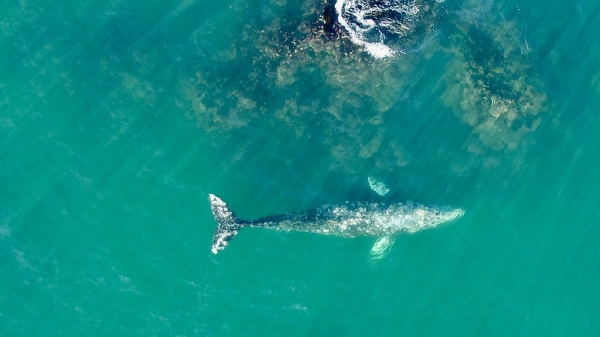Gray whales that spend their summers feeding off the coast of Oregon are shorter than their counterparts who travel north to the Arctic for food, new research from Oregon State University’s Marine Mammal Institute shows.
Both males and female gray whales in the subgroup known as the Pacific Coast Feeding Group are smaller than those in the larger group of Eastern North Pacific whales. The females average 3 feet (about 1 meter) shorter and males average 1.5 feet (half a meter) shorter, said the study’s lead author, K.C. Bierlich, a postdoctoral scholar in the institute’s Geospatial Ecology of Marine Megafauna Laboratory.
“That is a significant difference in size. We also found that the Pacific Coast Feeding Group whales had slightly smaller skulls and flukes,” he said. “It’s a surprising finding – we have not thought about these whales being different in this way before.”Kimberlites are found in the oldest, thickest, strongest parts of continents – most notably in South Africa, home to the diamond rush of the late 19th century. But how and why they got to Earth’s surface has, until now, remained a mystery.
Read more at: Oregon State University
Image of a gray whale captured via drone off the coast of Oregon. (Photo Credit: the Geospatial Ecology of Marine Megafauna Laboratory)


